How far do you have to go back for your memories of an Earth Science class? For me it must be 8th grade science class, 1984-85 at Escola Americana de Brasilia, Mr. Wilkinson, the champion of the science notebook. As a biologist I didn’t have any earth science courses at the university. I cruised through the Intro to Ecology and Evolution course so really didn’t absorb the geologic time periods; Anthropocene, Jurassic, blah, blah, blah. I should have taken Intro to Geology, the good ol’ Rocks for Jocks class. I would have enjoyed it and moved forward with a bit of technical vocabulary and a foundation of general concepts. For now I read geology texts flipping to the glossary or entering technical terms into Google.
We have a euphemism for hike-a-bike, not just taking your a bike for a walk, which sometimes the loose steep roads feel like that, but my friend Dean Magnuson calls it, “looking for rocks.” But it wasn’t until I made trips with Alan Kaplan did I start seeing rocks. Every once in a while I’d pick up a “neat rock.” But on rides with Alan we would stop for snacks, Alan would walk off, and in minutes come back with these small pieces of globular crystals, chalcedony. He held them up in the sunlight to see their translucence. We talked about jasper, chert, and agate. Then adding to it quartz, obsidian, petrified wood and wonderstone, my rides suddenly had a whole new dimension.
I remember a funny time riding up Old Como Rd from Dayton into the Pine Nut Mountains. It is super rocky and goes through several mining areas before getting to the Como Post Office ruins. But this beat sedan is blasting up this road and skids to a stop. This guy who looks dressed in disheveled pajama loungewear hops out, picks up a few round rocks, bangs them together. Not satisfied with those, he tosses them aside, he jumps back in his car and peels out up the road. He was probably looking for geodes. Banging the spherical rocks together, he was probably checking if they were hollow, but encrusted with crystals. It was a crazy quick interaction, spotting a rockhound in the wild.
Later I heard a talk from a member of the Reno Gem & Mineral Society about geodes. He indicated the point in the rind where water may have entered the geode carrying in the dissolved minerals that would eventually become the hidden crystal treasure. It wasn’t long after that I was on a trip picked up a geode and could identify that point and share that with my companions. Suddenly my new found knowledge took on greater meaning.
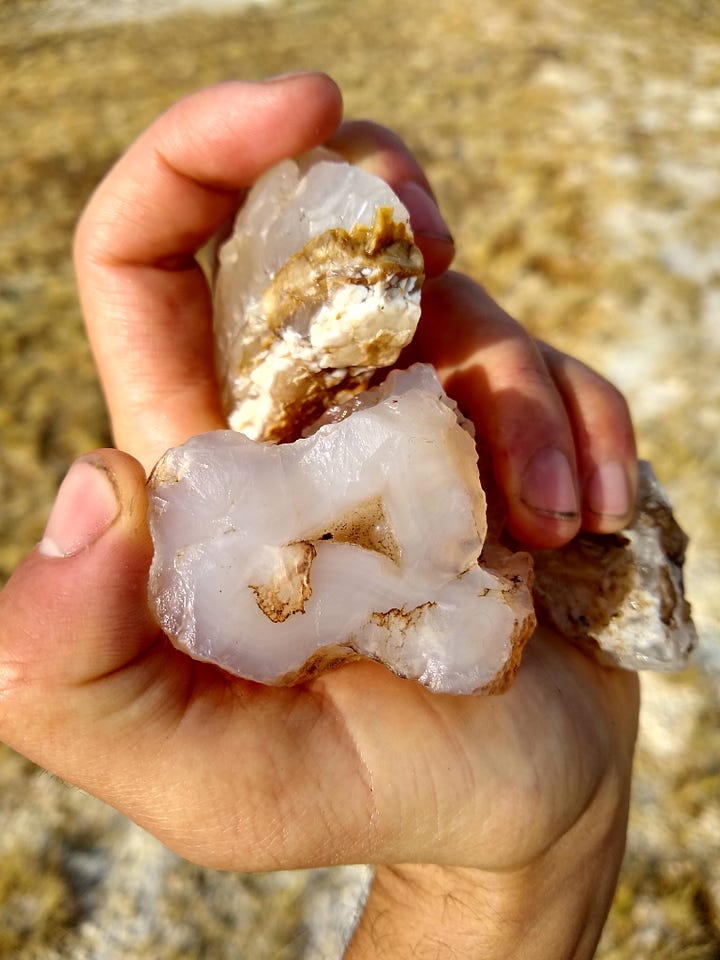
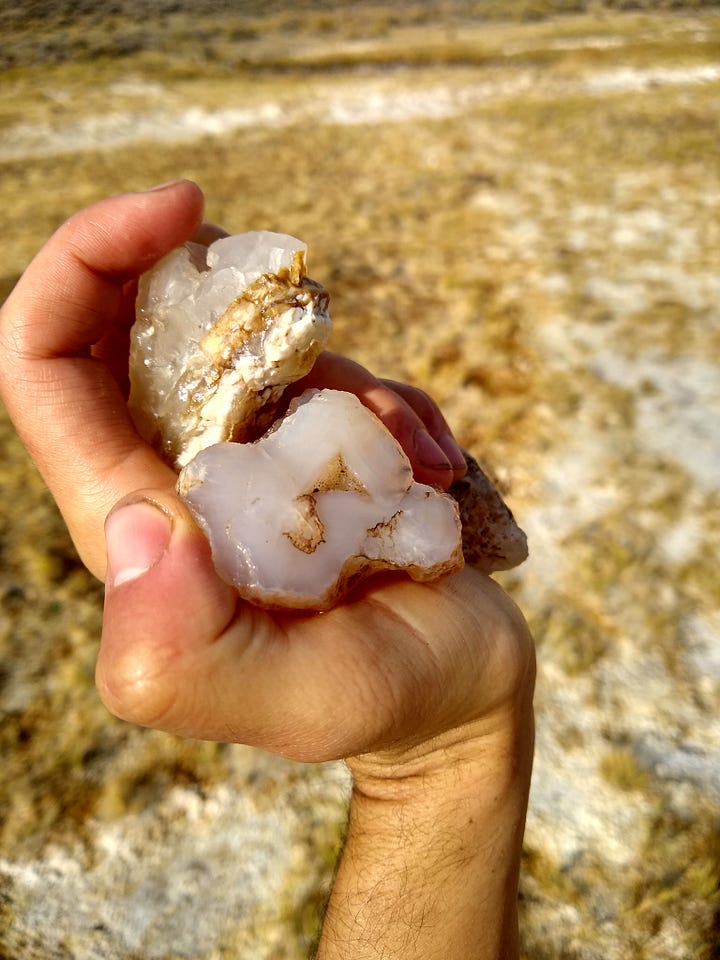
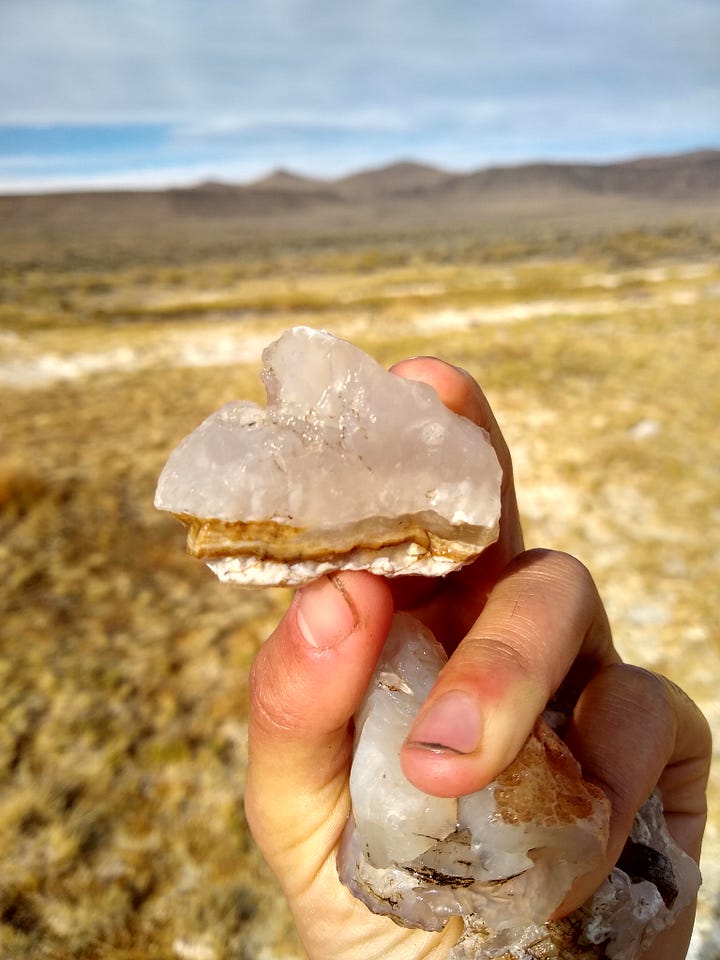
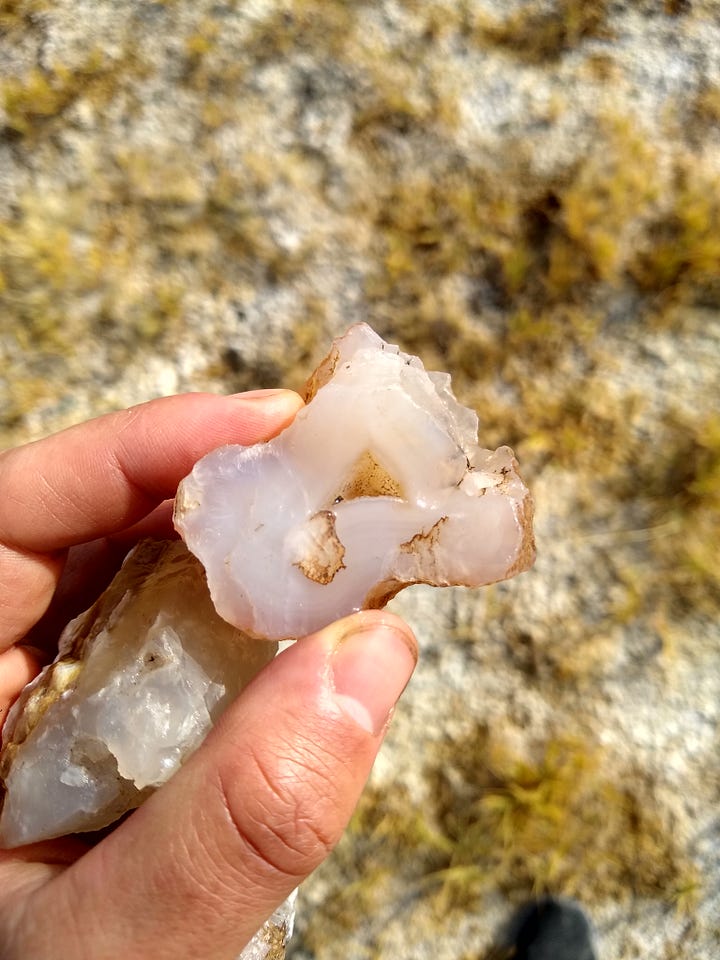
Since then I have picked up a few local guides to rockhounding and geology. The introduction to one described Nevada as a rockhound’s paradise. Nevada’s geology guides share a similar sentiment. The desert does not hide its mineral resources with dense forests. Public lands grant near universal access and have liberal rules and regulations governing collecting. I have chatted with visiting professional geologists who come with a refined sense of curiosity and with questions beyond my immediate comprehension. But the geology of Nevada’s stretching and thinning of the crust, faulting, geothermal activity and ancient history as the edge of the North American continent, is just the right combination of forces and time that near all of geology is represented within the state, and many geologic examples are unique to the state. I have mentioned Nevada is where water goes to die, but is Nevada a place all geologists must visit before they die?
For me being able to identify a handful of minerals and collect a few small specimens for my cabinet of curiosities is plenty. My fishing partner is interested in panning for gold. I could see the interest. But it wont replace fishing. He points out it could be a hobby that pays for itself. Haven’t we lived in Nevada long enough to understand the fallacy of that plan!
What I like about the guidebooks is the inspiration in new places for adventure travel. Flipping through the Gem Trails of Nevada (Mitchell, 2002) I can scan the 75 sites he points out and quickly plan trips along the roads to these sites with other points of interest and poke around for interesting rocks. The extreme corners of the state are rich in collecting sites and places I haven’t visited.
The book gives a list of must visit cities, best practices for sustainable rockhounding, hints and how-to’s, government agencies, local rock and mineral societies, museums, a state reference map and individual “mapkins” (the kind of map you might draw on a napkin) to each site. I also enjoy guidebooks as a template should I ever want to produce one.
In Rockhounding Nevada (Kappel, 2019) the author gives detailed site information to 91 areas and gives a bonus 16 sites with less detail. Just in comparing the state reference maps between the two guides Kappel includes significantly more sites in the area around Las Vegas. While there is plenty of overlap between the two guides together they offer years of adventure travel in the Silver State. This guide offers a list of map sources and a glossary to rockhounding lingo.
A totally different style of guide is the Geology and Natural History Guide to the Reno Area (Tingly, et al. 2005). This book is an extremely comprehensive guide to cultural and natural history to the area between Pyramid Lake to Carson City and as wide as the Truckee River Canyon. The area is divided into 4 trips designed around automotive travel but the information is priceless. It reinforces the idea that “geology is all”, the geologic history shapes the land and ultimately shaped the cultural history of the area.
Thank you for supporting my storytelling. Let me know if there is anything I can do to get you out there.
Here are some references that shape my adventuring among the rocks. I hope you can find the analogs that get you into the grit in your local area.
Gem Trails of Nevada, James R. Mitchell (2002) Gem Guide Books Co.
Rockhounding Nevada: A Guide to the State’s Best Rockhounding Sites, William A. Kapell (2019) Falcon Guides, The Rowman and Littlefield Publishing Group
Geologic and Natural History Tours in the Reno Area, Expanded Edition, Joseph V. Tingley, Kris Ann Pizarro, Christopher Ross, Becky Weimer Purkey, and Larry J. Garside (2005) Nevada Bureau of Mines and Geology, University of Nevada, Reno
Roadside Geology of Nevada, Frank DeCourten and Norma Biggar (2017) Mountain Press Publishing Company
Geology of the Great Basin, Bill Fiero (1986) University of Nevada Press
Travel Nevada Rockhounding (so comprehensive!)
Rockhounding Guide PDF (available via email)
December and the beginning of January in Review
December was highlighted by the Solstice Overnight to Pine Grove. I was joined by Hannah Spendlove and Alex Stephens for a great loop minimally impacted by snow and ice. A Winter Solstice Overnight is a little odd, the shortest day to ride, the longest night in a tent. Whatever it takes to get more people out.
The holidays were spent with friends and family locally. I hope yours were as enjoyable.
Looking ahead to the first months of 2025
The calendar is filling out already! Doug and I already had our first trip of the year, West Humboldt Range Loop. Next weekend we will attend the Fire and Ice Festival in Ely, Nevada which includes a fat bike race and a whole load of events over the long MLK weekend. After that the Friends of Black Rock High Rock are hosting the Wild and Scenic Film Festival in Reno. Hopefully after that Doug and I can get down to Death Valley for a trip.
February is suspiciously quiet.
But then March is dominated by returning to Taiwan. I will be taking a bike, with the plan to tour for a week before the Taipei Bike Show.
For now there is a trip planned to Benton Hot Springs in April. But I have a feeling it wont take long for February and April to fill in.




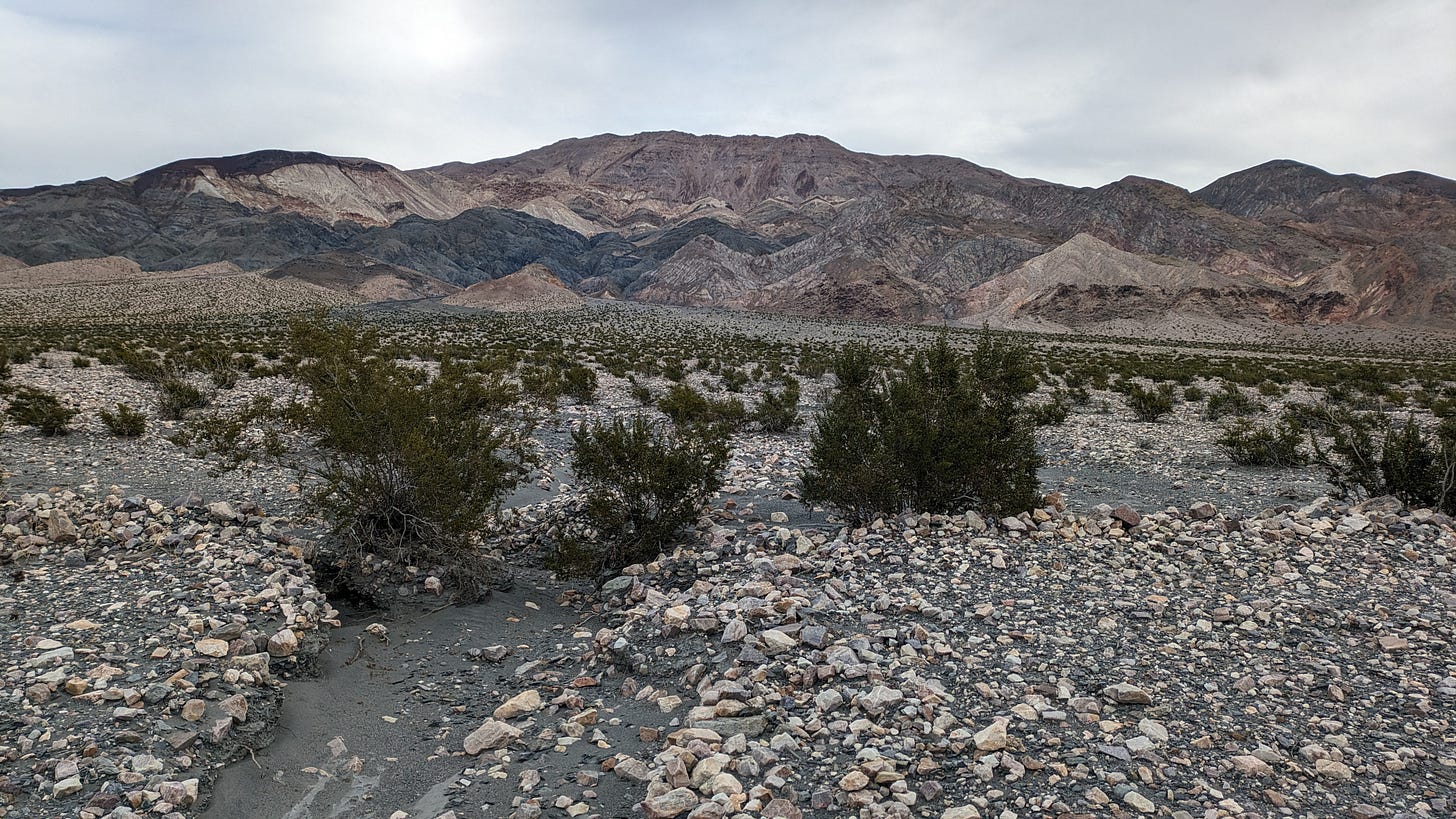

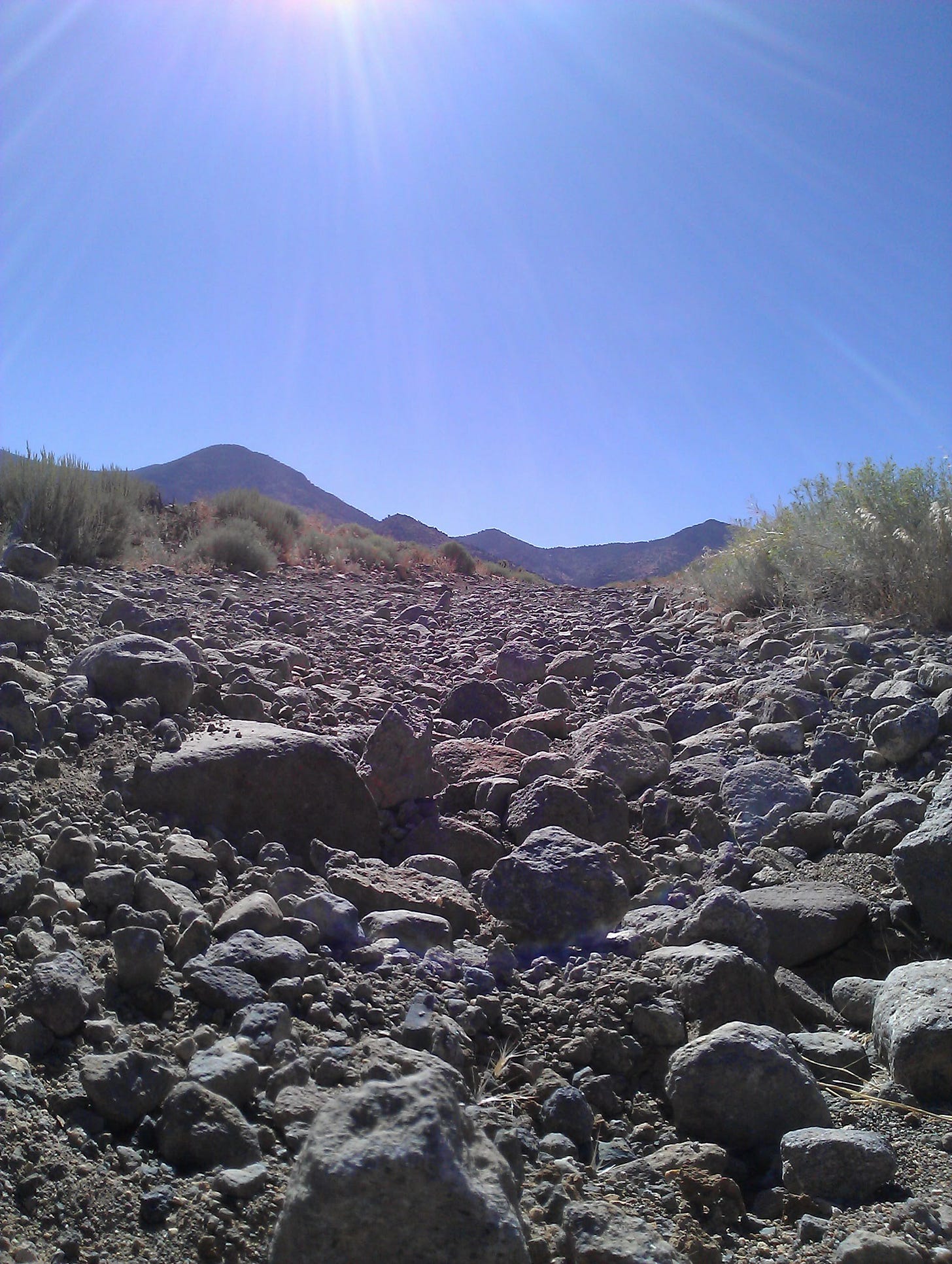


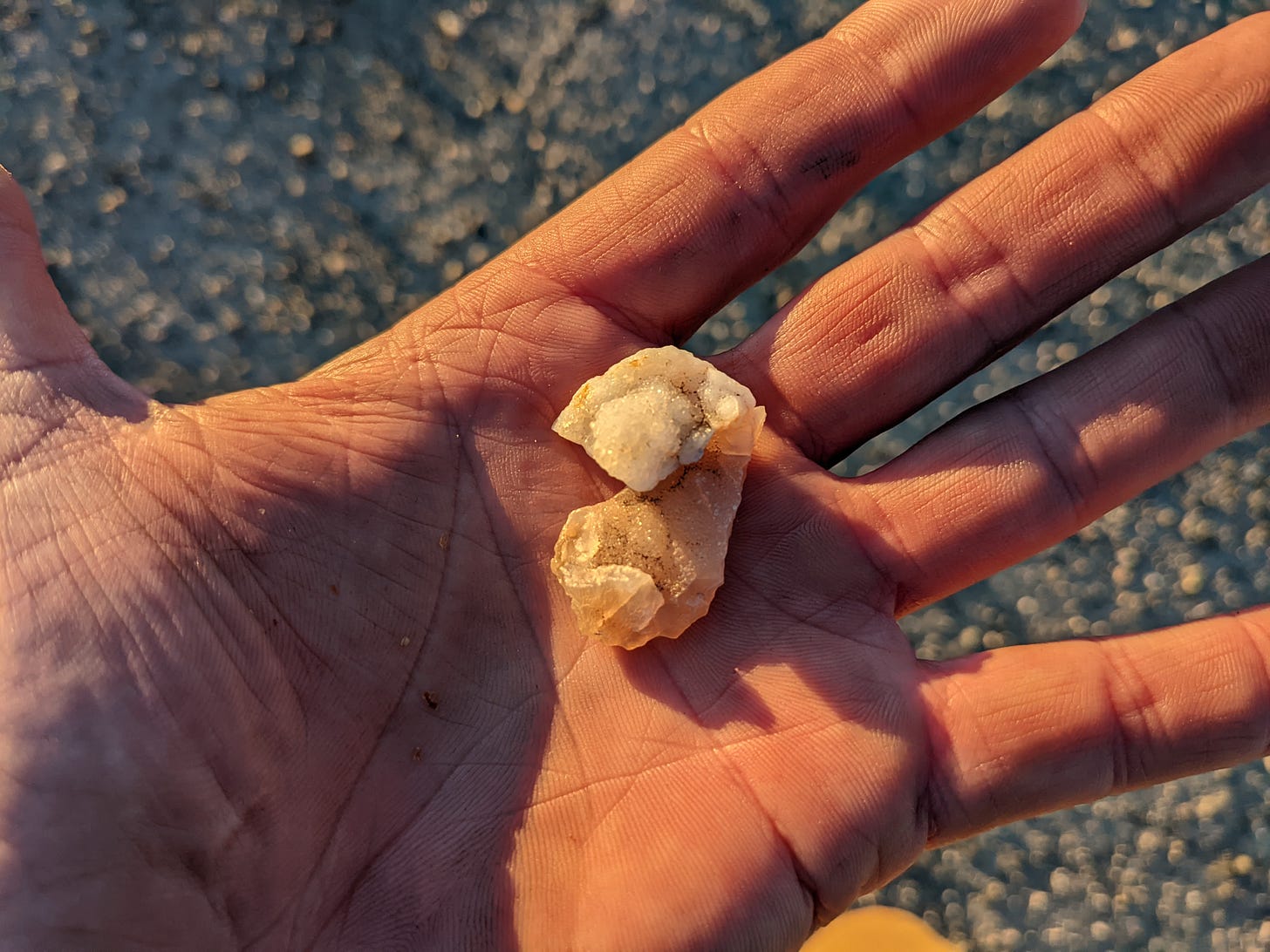
I approve of this post! And I learned a new favorite term: mapkins. :-)
Hey Alison,
This is high praise. I thought of you while writing this post. I hope we can meet some time, in the field, or indoors to trade mapkins. -K